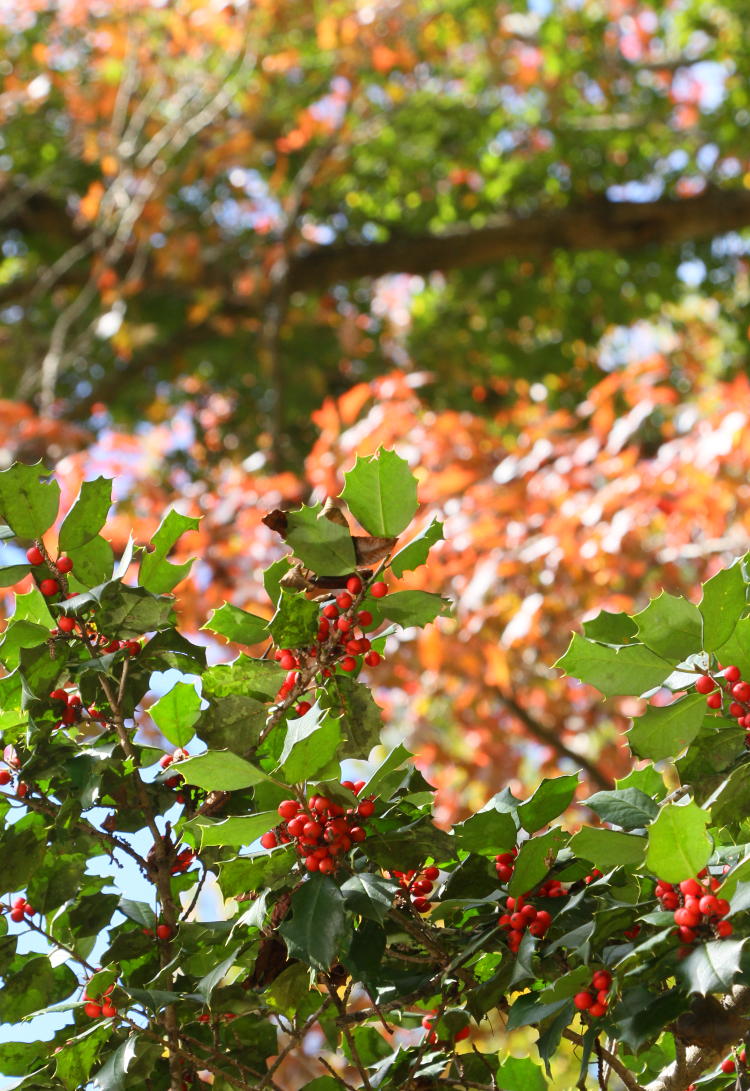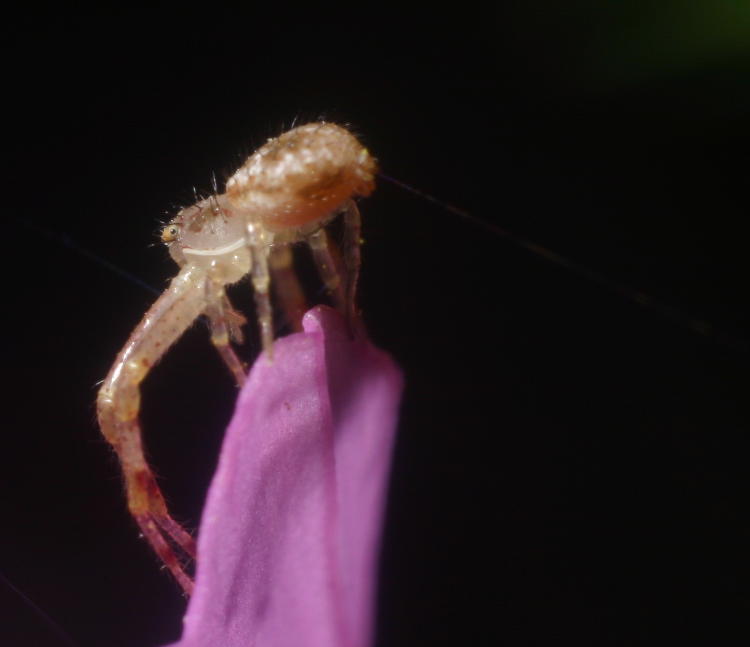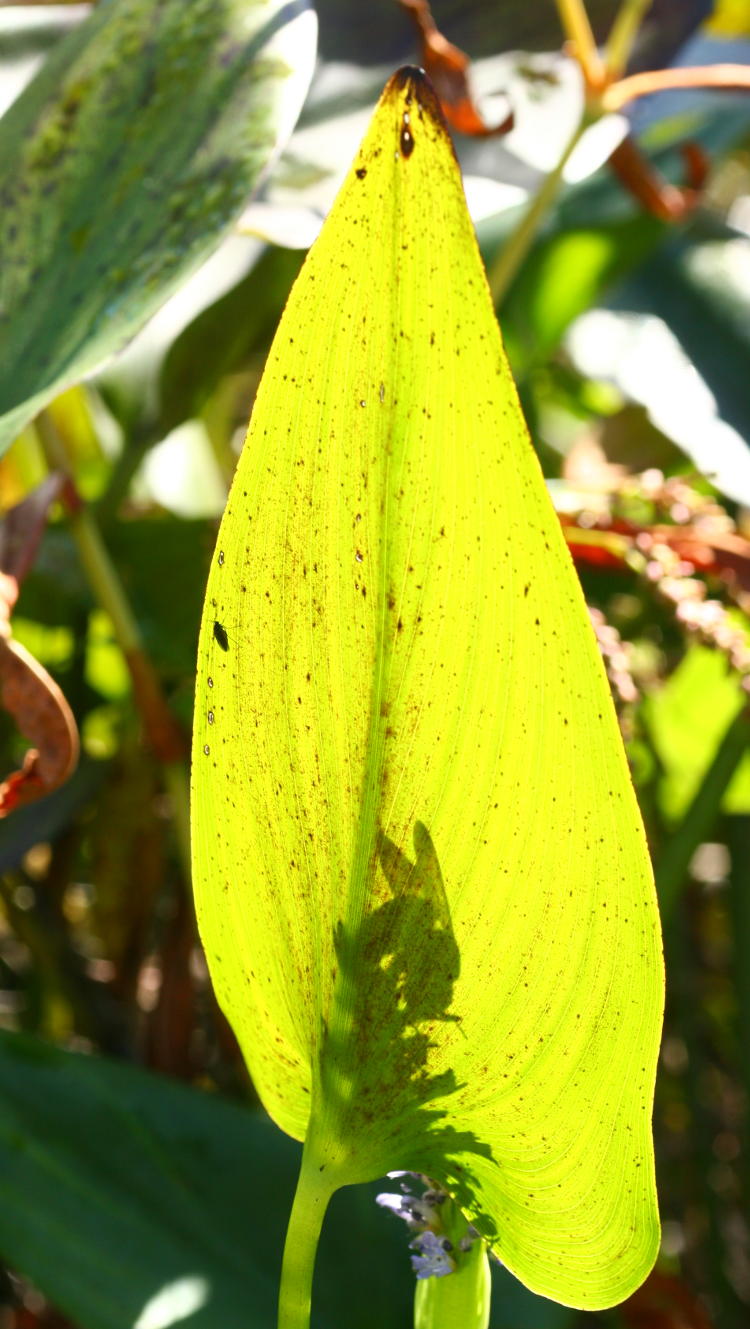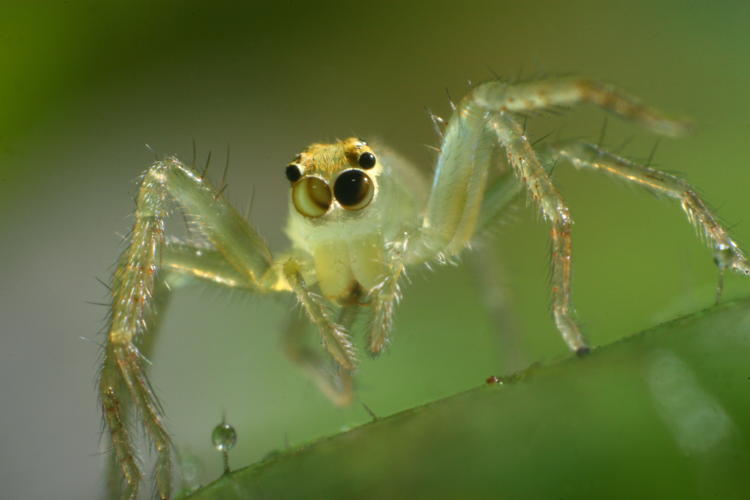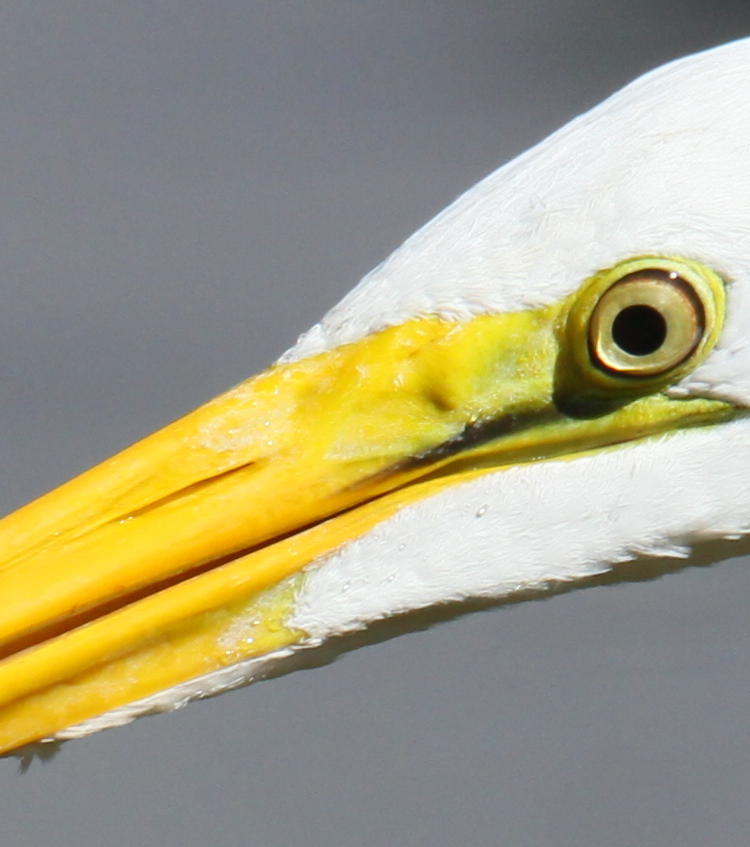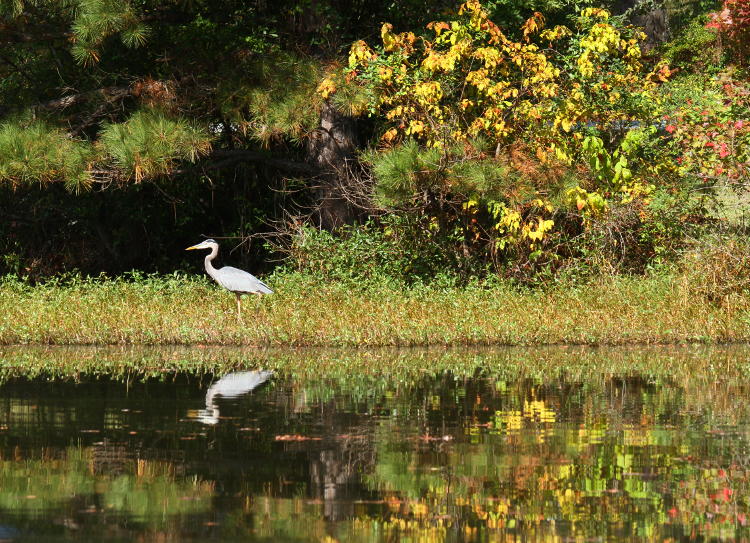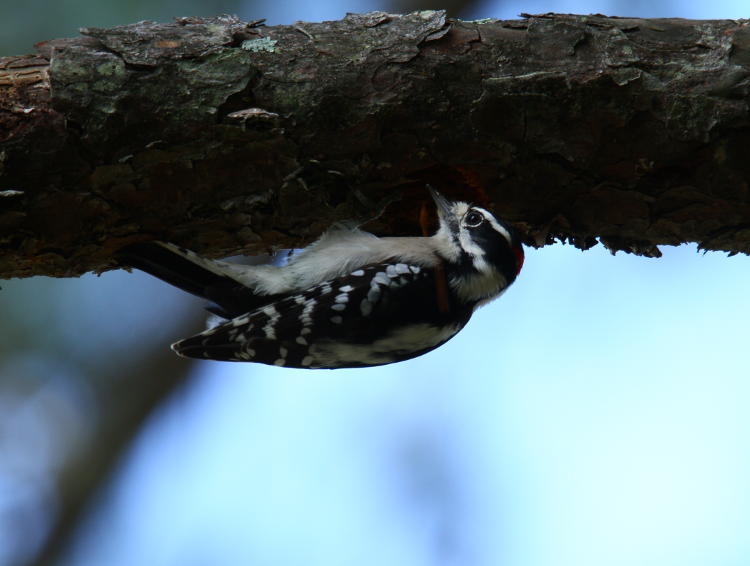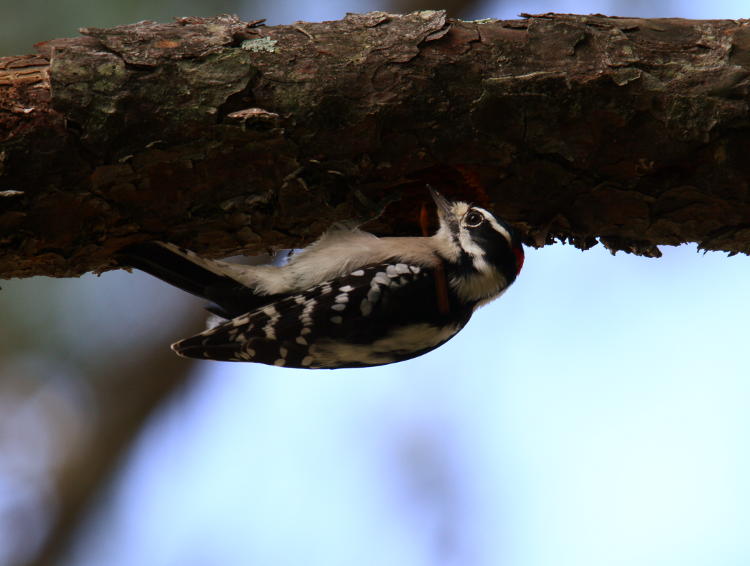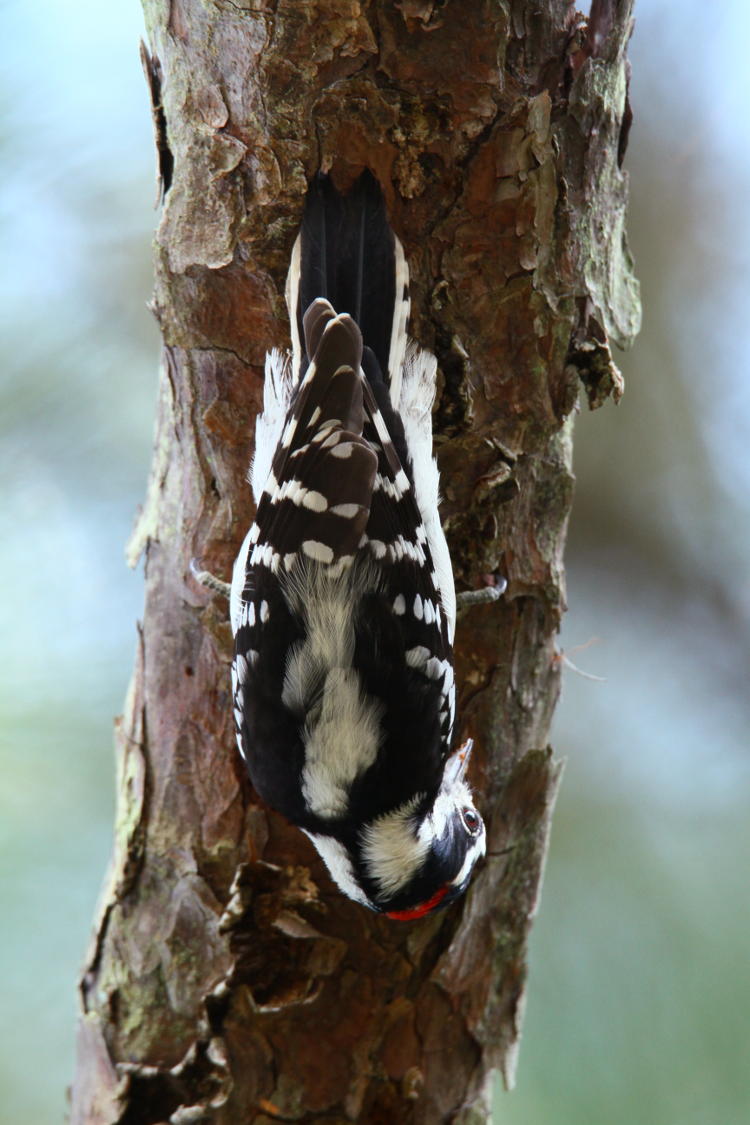
I had said earlier that, after an auspicious start, I thought I could do a post for every day of October, and had intended to post this one yesterday, so the month end abstract would bring us up to the full 31 posts this morning. Alas, the day at work yesterday was horrendous, running quite late, and I was exhausted and actually in pain when I got home late yesterday afternoon, so we simply grabbed something to eat at a deli and I crashed immediately afterward, waking up early this morning after the month’s-end had already posted. But you know what? It’s a blog, and I’ll get to it when I get to it, because that’s life, not to mention that I already maintain a pretty good schedule, and that the number of photos uploaded during October set a new record, which also holds true for the year (actually, blown it out of the water and shot remaining bits of it out of the air like skeet targets,) and with this post I get back into my schedule anyway. So I’m not going to feel guilty about it at all – I can own this like a man.
Funny, today is also a holiday (well, two, but who celebrates the other anymore?): it’s Get Unnecessarily Defensive Day, though that’s not really my style; it’s a holiday that celebrates and encourages insecurity, isn’t it? And if there’s one thing that I’m not, it’s insecure. Nonetheless, I put it out there in case anyone else, you know, wants to get annoying over trivialities. Not that I’m looking down on anyone – that’s not my style either. It’s just the way I was raised. Plus I’m a guy.
Getting back to the normal (well, regular) subject matter, we have the last photos (probably, anyway) from a recent outing to the Eno River, starting with the opening image of a distant red-bellied woodpecker (Melanerpes carolinus) that greeted us as we entered the walking trails. Metaphorically speaking, anyway – it really wasn’t paying us any attention.
One other woodpecker presented itself (again, metaphorically,) in typical conditions for the species, which can be described as “less than ideal.”

 While downy woodpeckers (Dryobates pubescens) tend to be within better reach for photography, working on lower trunks often enough, they also avoid the sunlit portions and will even move to the opposite side once you start to get too close, so good angles still take some effort (and I’ve done better earlier in the month, so I’m not going to fret too much about these.) Then of course, there’s their movement, which is near-constant for the species, and a tripod or lens-stabilization does nothing at all for combating that. Sure, boost the ISO to get better shutter speeds, and watch the shadowy settings turn into pure noise.
While downy woodpeckers (Dryobates pubescens) tend to be within better reach for photography, working on lower trunks often enough, they also avoid the sunlit portions and will even move to the opposite side once you start to get too close, so good angles still take some effort (and I’ve done better earlier in the month, so I’m not going to fret too much about these.) Then of course, there’s their movement, which is near-constant for the species, and a tripod or lens-stabilization does nothing at all for combating that. Sure, boost the ISO to get better shutter speeds, and watch the shadowy settings turn into pure noise.
Or you could always carry a pocketful of grubs and wood-boring beetles, and use those to lure the woodpeckers into better lighting conditions. Hey, don’t call yourself a dedicated nature photographer unless you’re willing to go the lengths. Just remember they’re there before you go digging for change at the convenience store…
We’ll do this in thematic chunks, and so next up is water.

This one was in the running for the month-end abstract, and I guess still made it. I was just doing the ripple patterns, and happened to catch some iridescence or refraction in there, not something that I noticed at the time, so whether this was an artifact of the moving water or a reflection of sundogs in the clouds, I can’t say. But you did notice the creepy little hand reaching in up there, right? Gotta recognize both holidays.

We stopped briefly alongside the spillway and chased a few compositions. For my part, I was playing around with shutter speed and seeing to what extent the lens stabilization (this is the Canon 18-135 STM) would compensate for handheld shots, since I hadn’t brought a tripod. At this point, it was early and the morning drizzle was just clearing, so light overcast conditions, which helped reduce the light and allow for longer shutter speeds, though this is still only 1/40 second, f16, ISO 250. Not enough for a really cottony look to the water, but in direct sunlight, even thinner sunlight, it’s very difficult to stretch the shutter speed long enough without, say, neutral density filters. For an experiment, I’m fine with it, but with a little preparation (e.g., the intention of doing such before I left home,) it could easily have been better. If it clears enough tonight (it’s mostly cloudy right now, early morning,) perhaps I’ll find some nearby ripples or cascades and do a moonlight attempt with the full moon.
Ah, wait, we have a stray fall color shot.

The branches seeming to favor the sunlit side meant the trunk itself could stand out distinctly, and I liked the suggestion of a lightning bolt against the reds (about the only tree to show this color yet,) so there we go. My effort, naturally, was to get underneath and frame it stretching diagonally to make the most of the shapes and color. Hopefully I can get some more just a wee bit later in the season.
But enough lollygagging. It’s time for the arthropods.

This unidentified grasshopper wasn’t moving at all, still chilly from the overnight temperatures, but was positioned to make the most of the emerging sun – provided a bird didn’t find it first. The grasshopper, I mean, not the sun. The sun usually isn’t too hard to locate; just look around in the sky until it hurts the most.

Very close by, an unidentified wolf spider (genus Lycosidae) was showing opposing animus by wandering enthusiastically through the weeds, not at all affected by the temperature (which at that time was somewhere around 15° C, I would say.) Spiders are very cold hardy, so it was probably balmy conditions to this guy, and it paused just long enough for a single frame before moving on.
We located two Carolina mantises (Stagmomantis carolina,) the later-developing of the two common mantid species in the area, and slightly surprising to me since I figured the season was about over for them.

This one was doing a really shitty job of blending in, like a teenage tourist, and was obviously about to produce an egg sac somewhere. Not on that leaf – they’re a little brighter than that. Or their instincts direct them to better supports – however you prefer to view it. While we can’t attribute to them a plethora of reasoning powers, they still get by just fine, and they’re not stupid enough to fret about politics or sporting events, so…
That was on the outbound leg, while on the return trip we spotted another, not too far from where the first was but I’m almost certain a different specimen.

This time, I went for the Mamiya macro, but was shooting wide open (f4) and so depth was extremely short. Not a recommended practice, because precise focus is very difficult and the short depth eliminates all other details, but occasionally it works; in this case at least, it delineated the dark edges of the head against the background. But yeah, it would have worked better with at least a little more depth.
I’m going to throw in a short video clip here, because I could see this effect while standing there and had to capture it.
Handheld, of course, with the Mamiya macro, and focus was just slightly off, but you can still see the interference effect as the breeze blew the web strands. I’m not exactly sure what caused this, and would have put it down to the patterns of the close web strands clashing with the patterns of the sensor pixels – except that it was visible to the naked eye, so I’m leaning towards the waves of light actually overlapping, but this is a wild guess and should not be used during exams; if you can explain this better, please jump in. Credit to the backlighting and having a dark trunk to highlight this against.
And finally, more recognition of the other holiday today.

This is a pumpkin spice spider, what they grind up to flavor all of those seasonal concoctions, so how this one escaped that fate, in a college town, I’ll never know.
Okay, I lie, it’s a marbled orb weaver (Araneus marmoreus) and common in the fall, plus not too small in size either – “marble” is close to an accurate comparison. This one was industriously spinning or fixing her web (the pedipalps indicate this is a female) before settling in to her hiding spot up at the topmost web anchor, possibly because we were so close; I had to step carefully through the bracken to reach this angle, and got just one useful image of her eyes. Which of course I’m sharing, because I’m me.
And that makes 31 posts for October, coming in before 6 AM too, so I’ve fulfilled my obligation and can now, um, dissolve into dust, or sail off into the sunsetrise, or something. Whatever, I’m good. Happy Halloween!
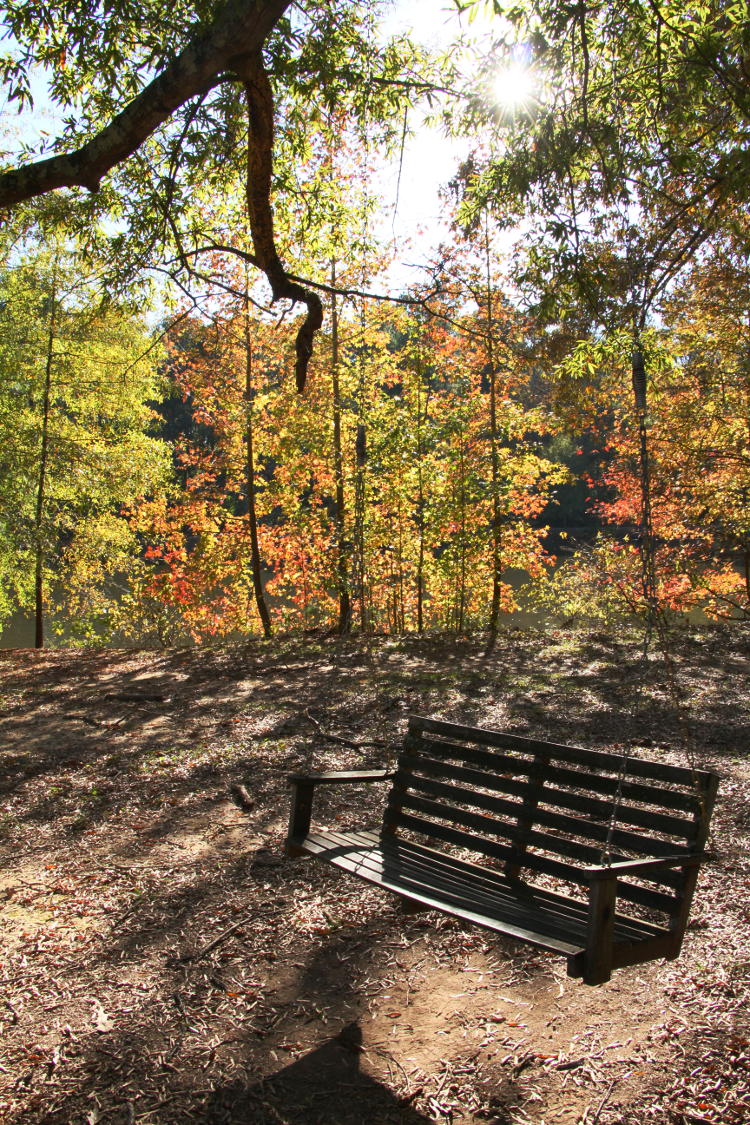
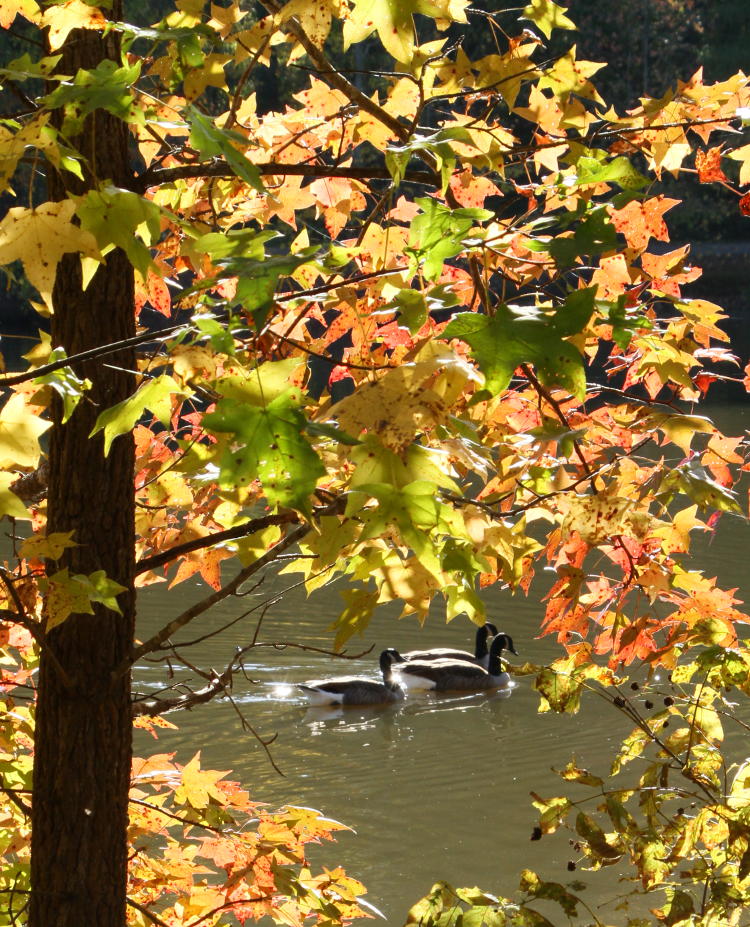
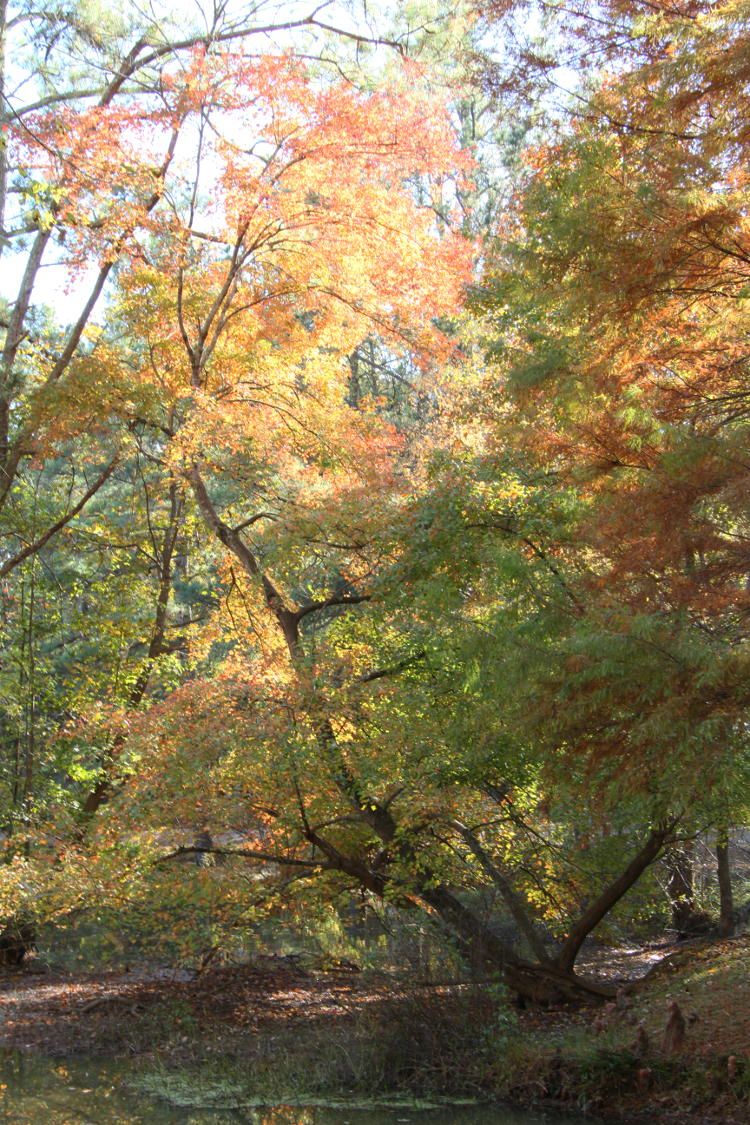

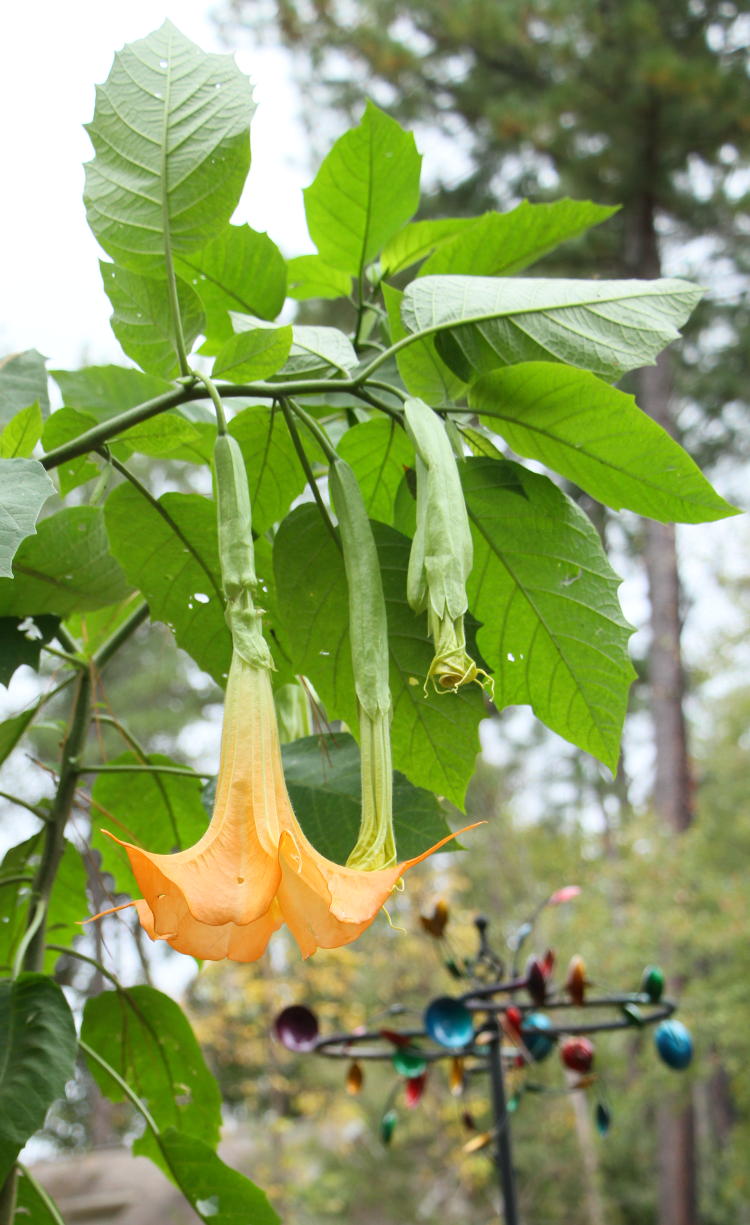



















































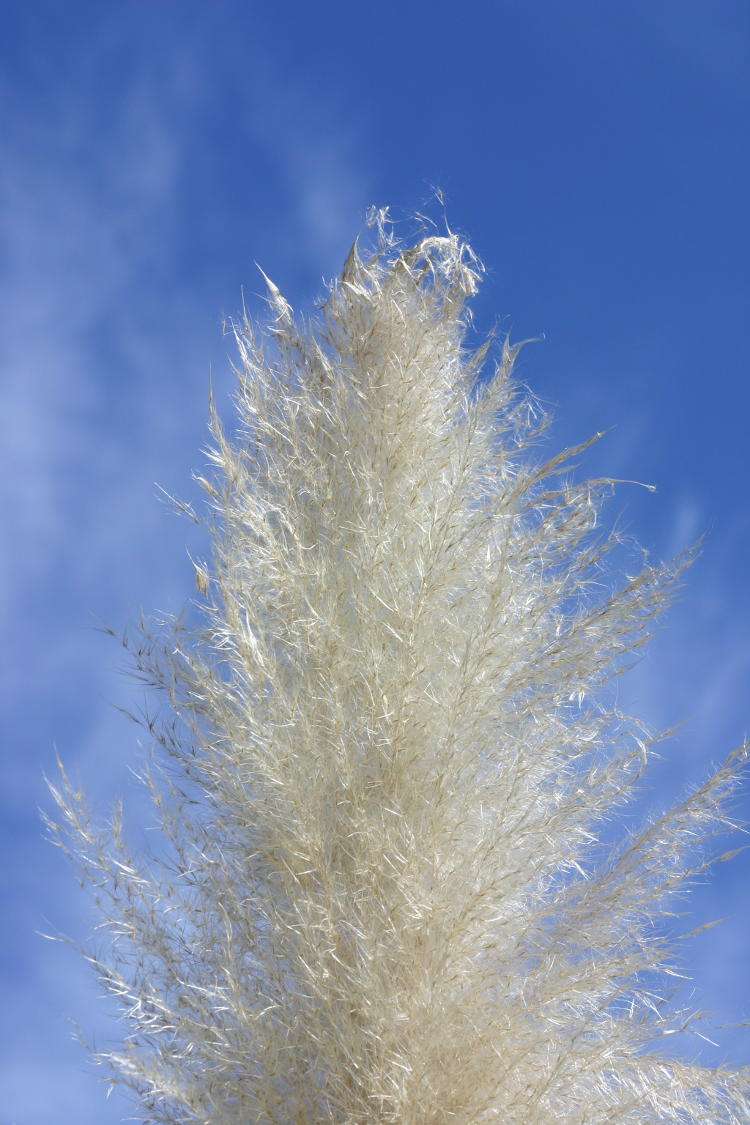
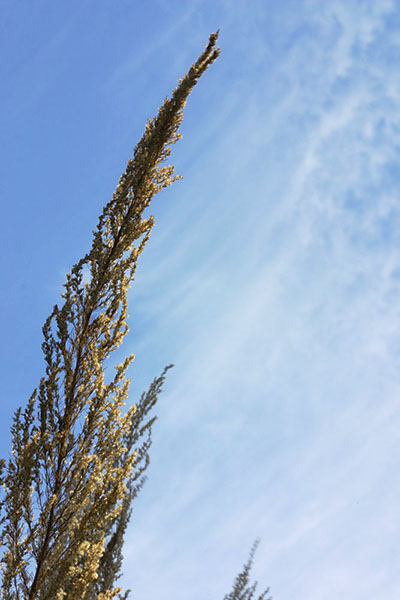 In fact, I’ve had this fartsy composition hanging around in the blog folder for years, thinking that I’ll put it up sometime, so now’s the time. This is the other kind, in fact shot two weeks and one day after the one above (so ineligible for an OTD post.) Yes, I used the cirrus clouds in the background that way on purpose, almost giving an impression of windblown seeds or trailing smoke. That’s creativity, that is.
In fact, I’ve had this fartsy composition hanging around in the blog folder for years, thinking that I’ll put it up sometime, so now’s the time. This is the other kind, in fact shot two weeks and one day after the one above (so ineligible for an OTD post.) Yes, I used the cirrus clouds in the background that way on purpose, almost giving an impression of windblown seeds or trailing smoke. That’s creativity, that is.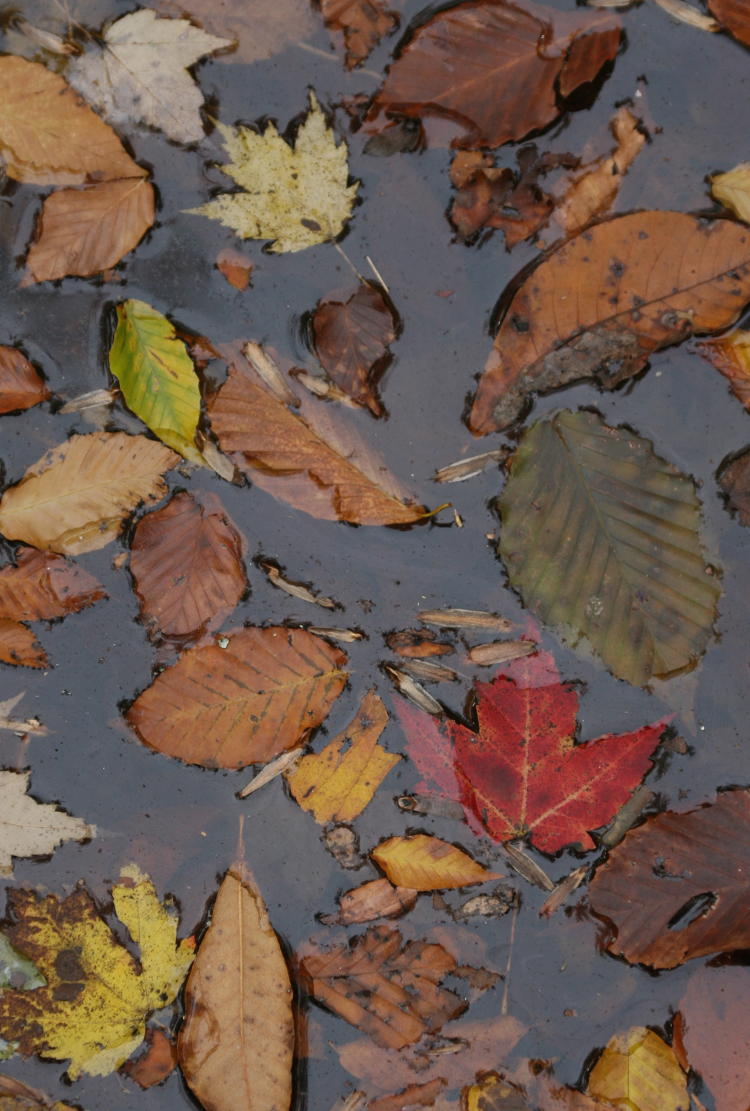
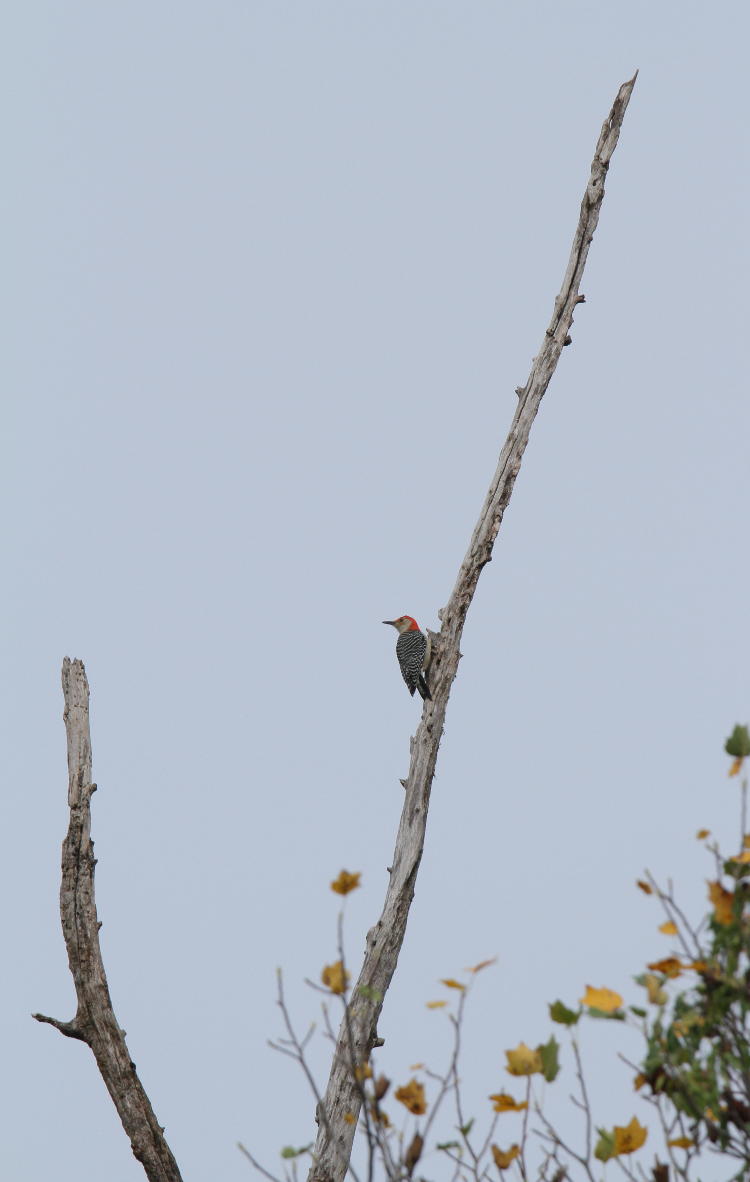
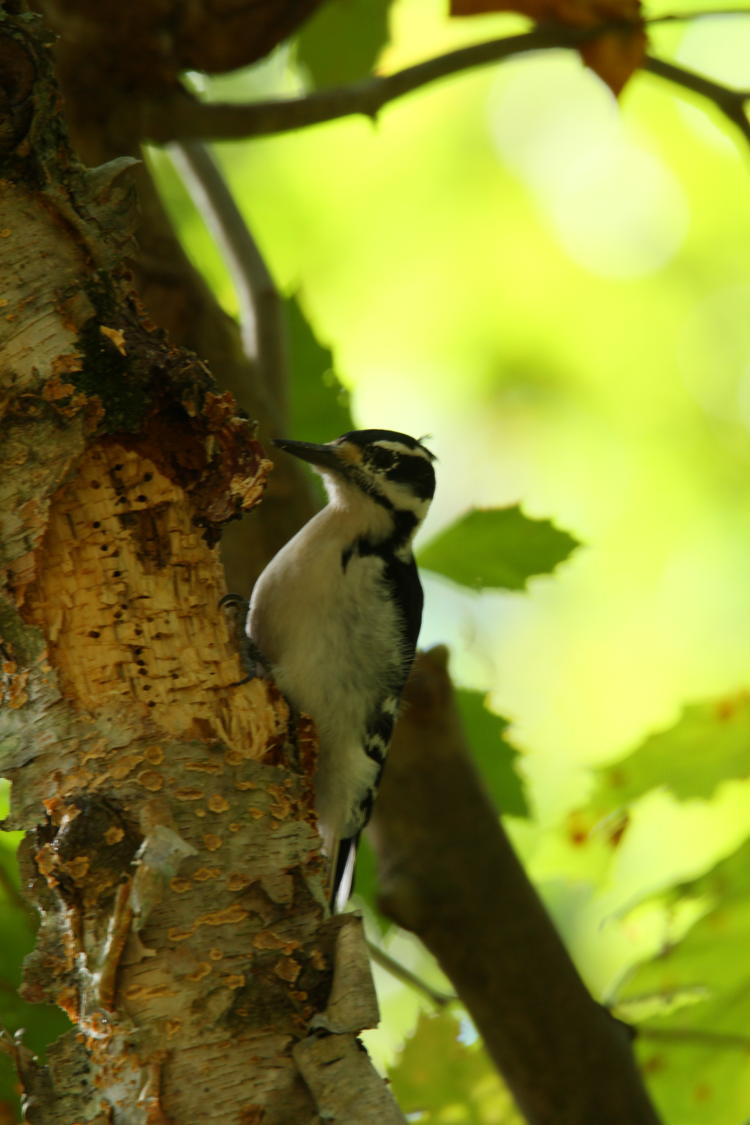
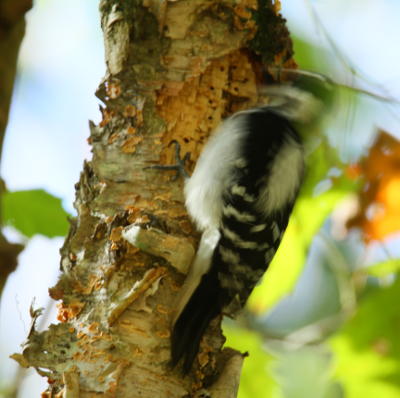 While downy woodpeckers (Dryobates pubescens) tend to be within better reach for photography, working on lower trunks often enough, they also avoid the sunlit portions and will even move to the opposite side once you start to get too close, so good angles still take some effort (and I’ve done better
While downy woodpeckers (Dryobates pubescens) tend to be within better reach for photography, working on lower trunks often enough, they also avoid the sunlit portions and will even move to the opposite side once you start to get too close, so good angles still take some effort (and I’ve done better 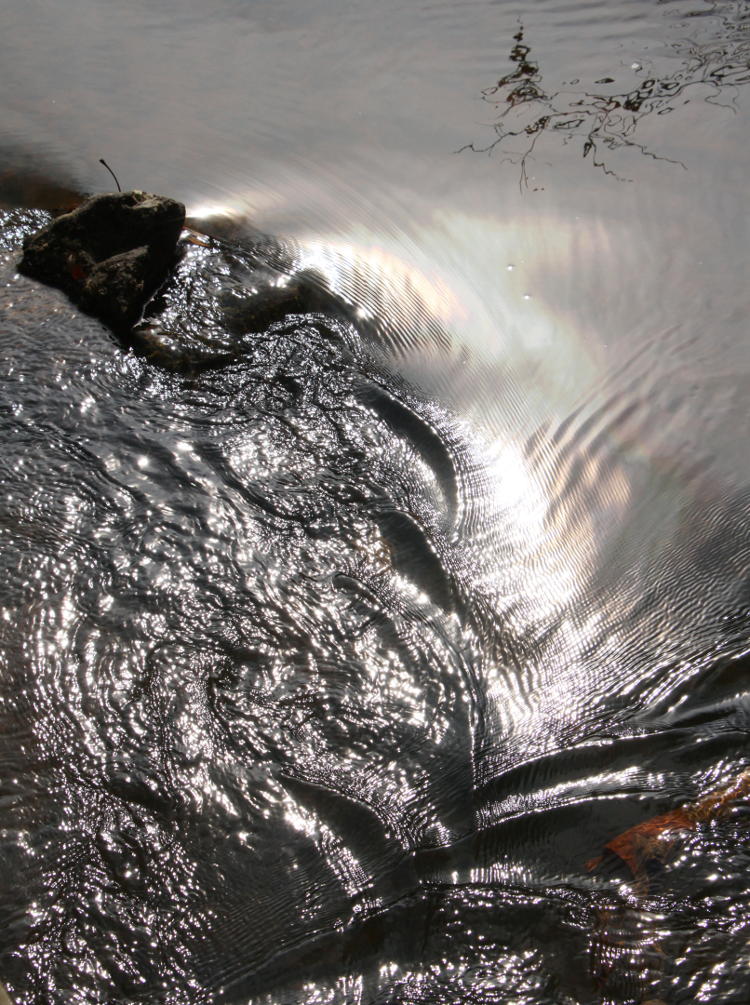
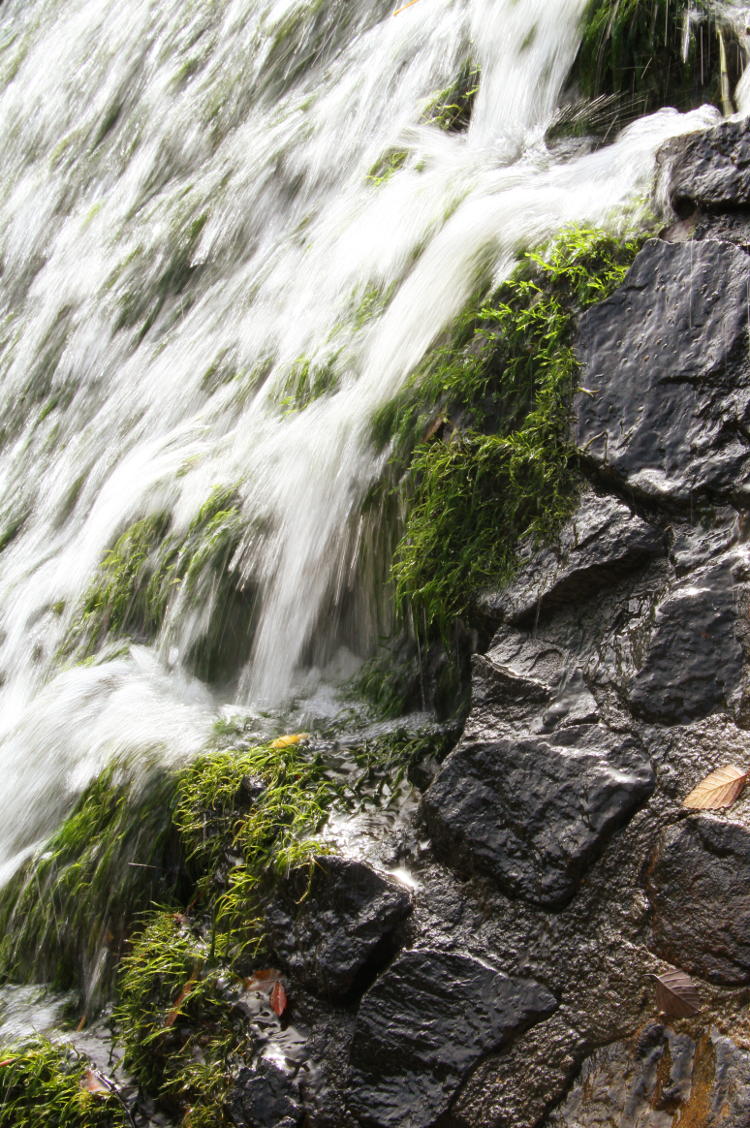
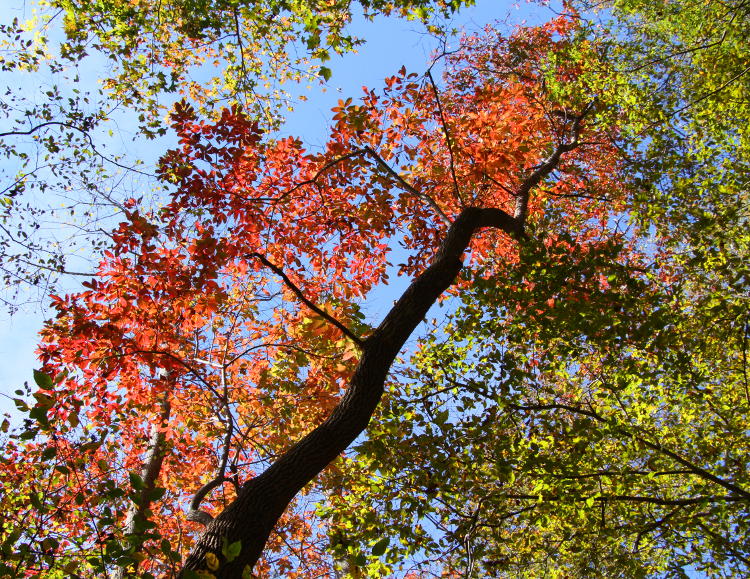

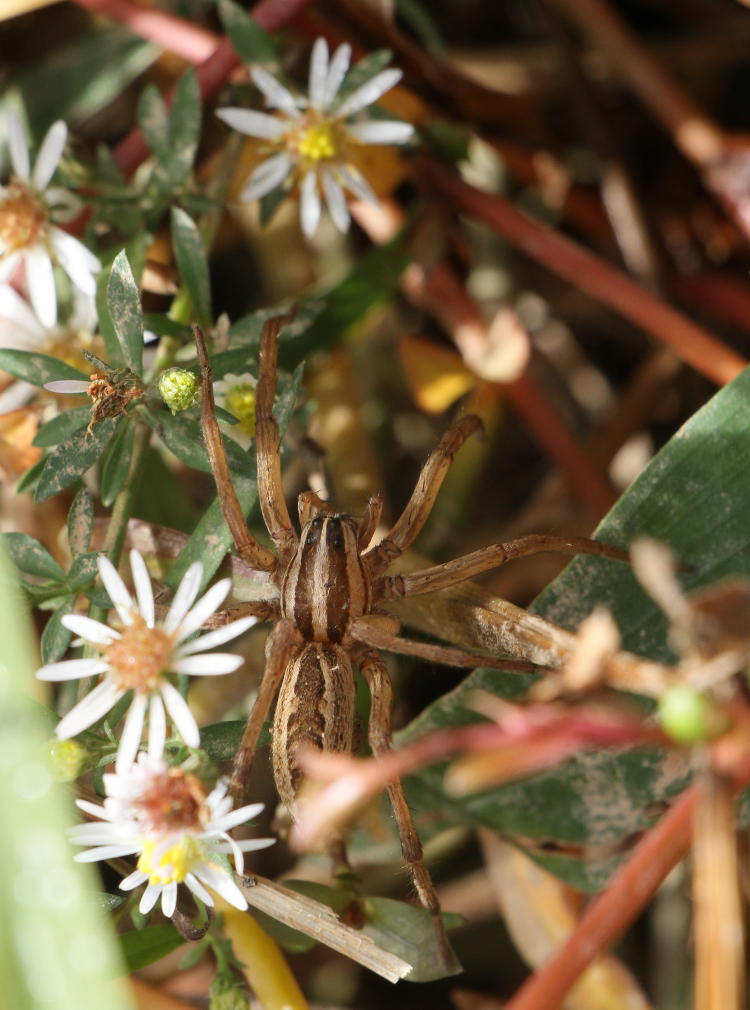

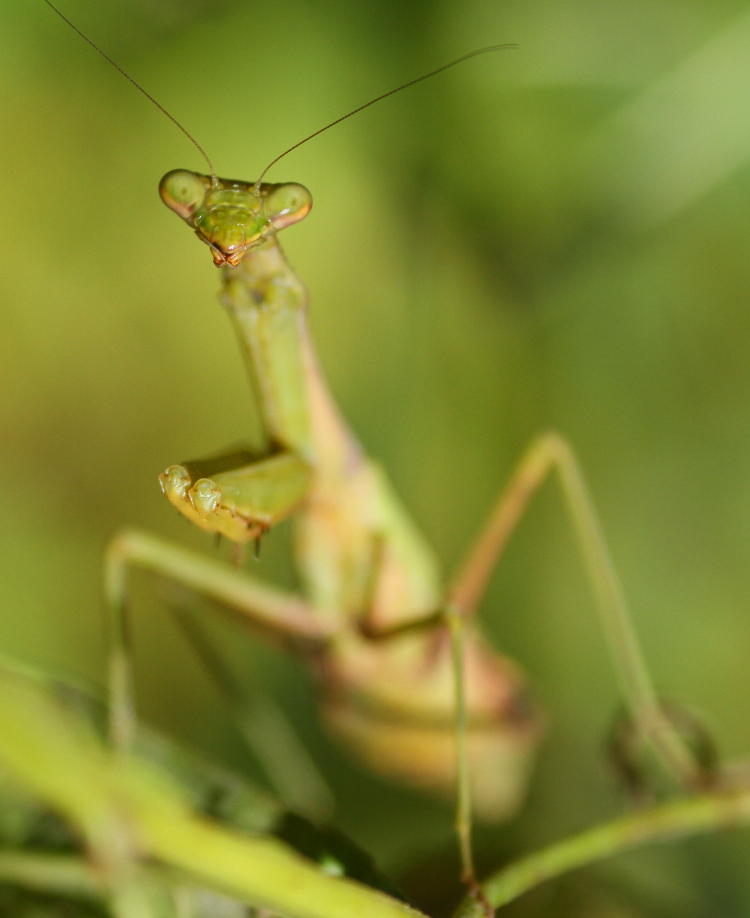

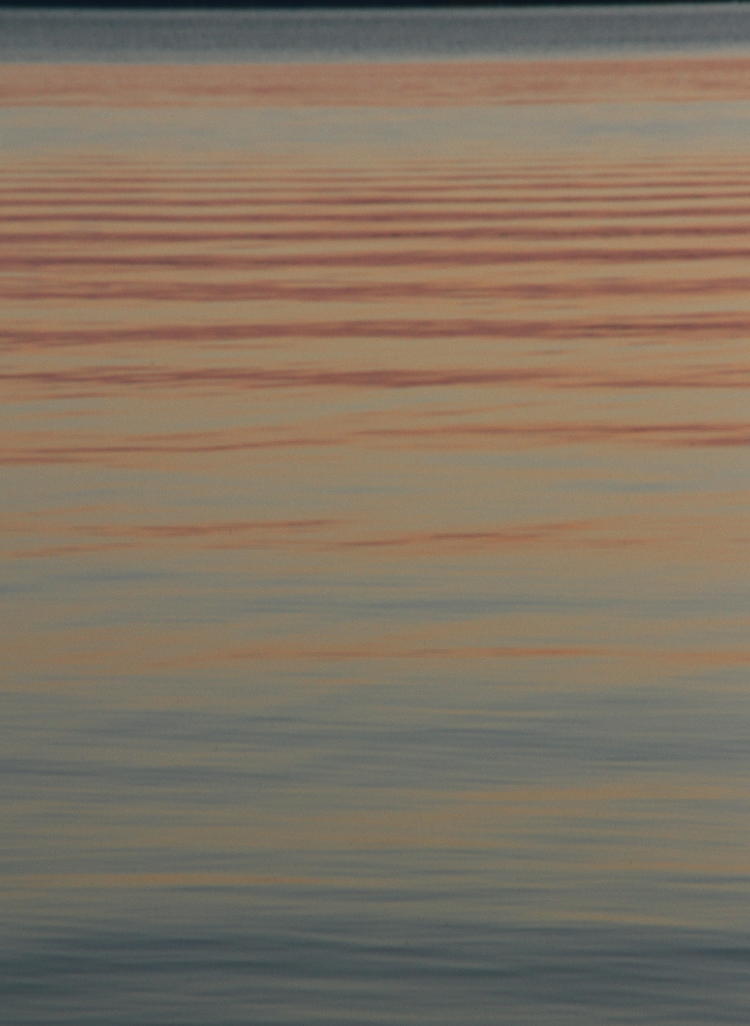
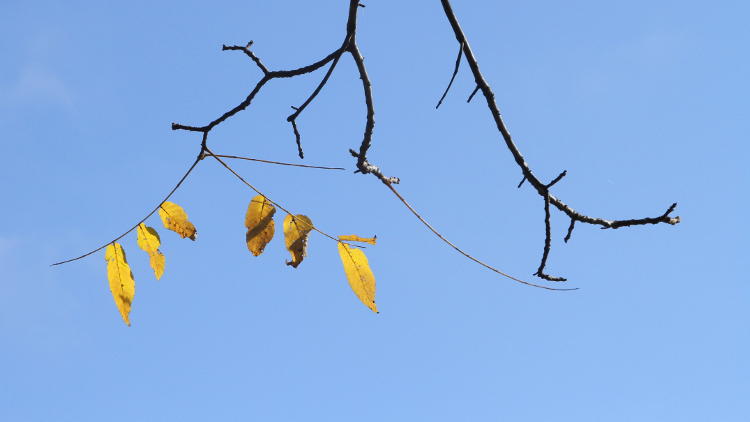

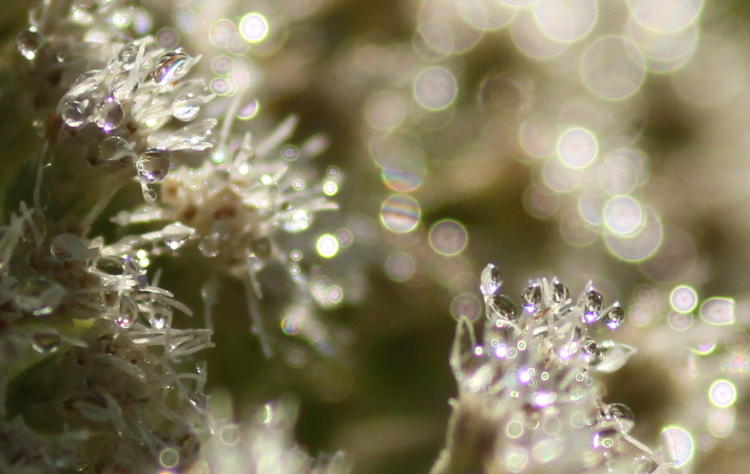
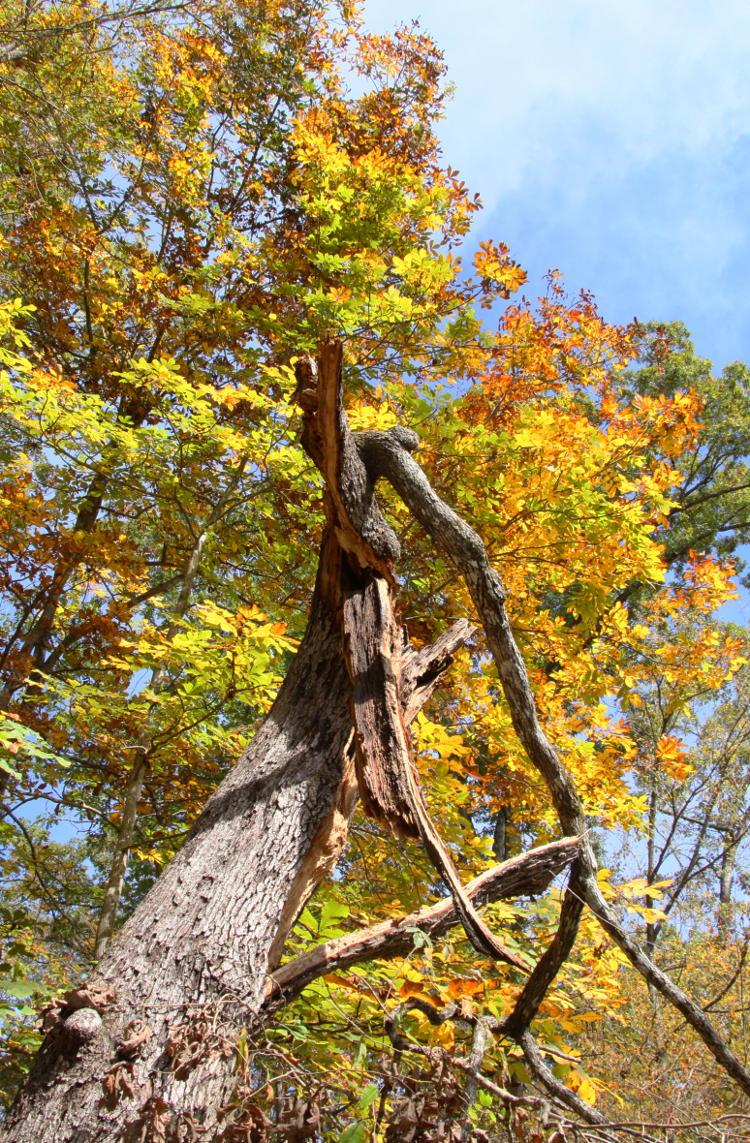
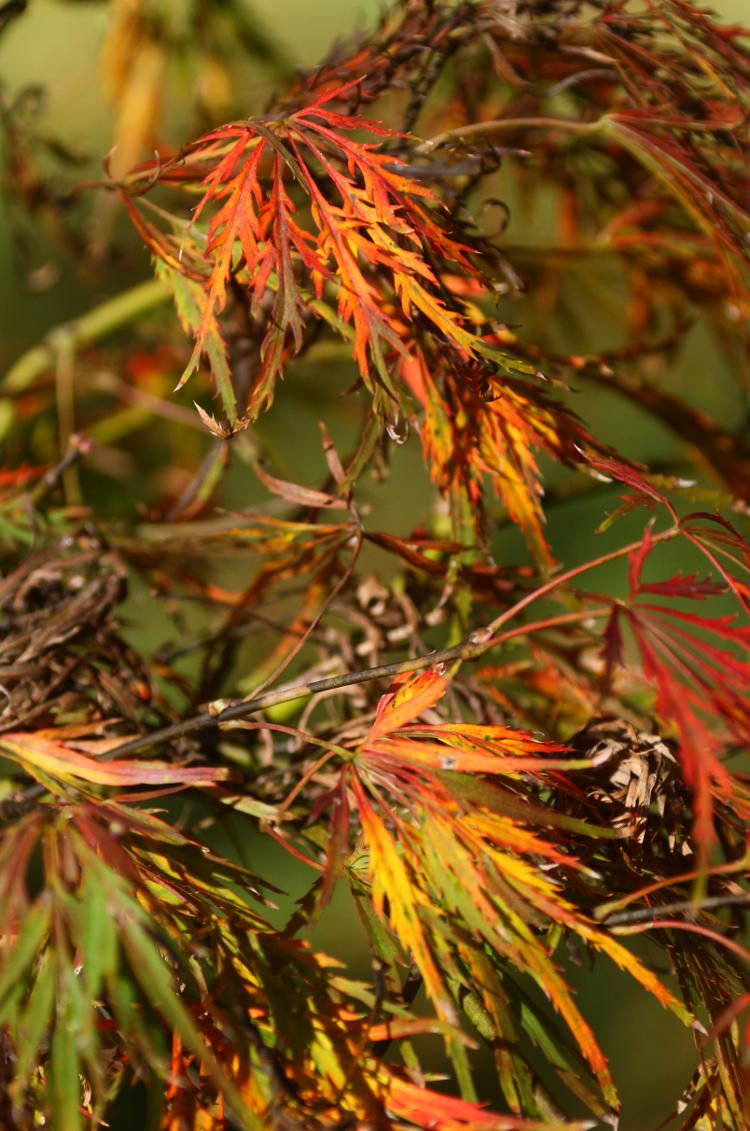
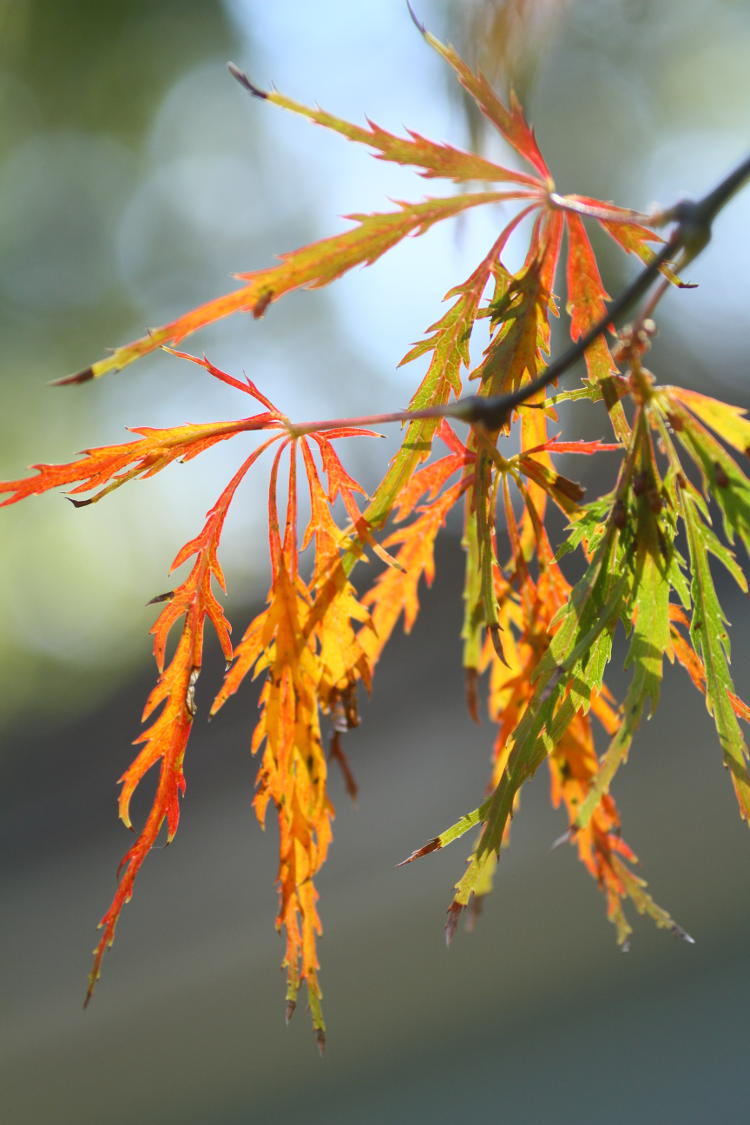
 Seen at this size, the window frame becomes a bit more apparent, as is the angle that I took to frame the leaves, but it’s so subtle in the larger versions that I’m not worrying about it at all; I just wanted to show what appears sometimes when you can ‘step back’ from the bigger picture. Be aware, however, that repeating patterns like brickwork and fences and so on will almost always be apparent in the final image, no matter how out of focus you try to render them, and even perfectly straight lines can jump out as being too unnatural.
Seen at this size, the window frame becomes a bit more apparent, as is the angle that I took to frame the leaves, but it’s so subtle in the larger versions that I’m not worrying about it at all; I just wanted to show what appears sometimes when you can ‘step back’ from the bigger picture. Be aware, however, that repeating patterns like brickwork and fences and so on will almost always be apparent in the final image, no matter how out of focus you try to render them, and even perfectly straight lines can jump out as being too unnatural.